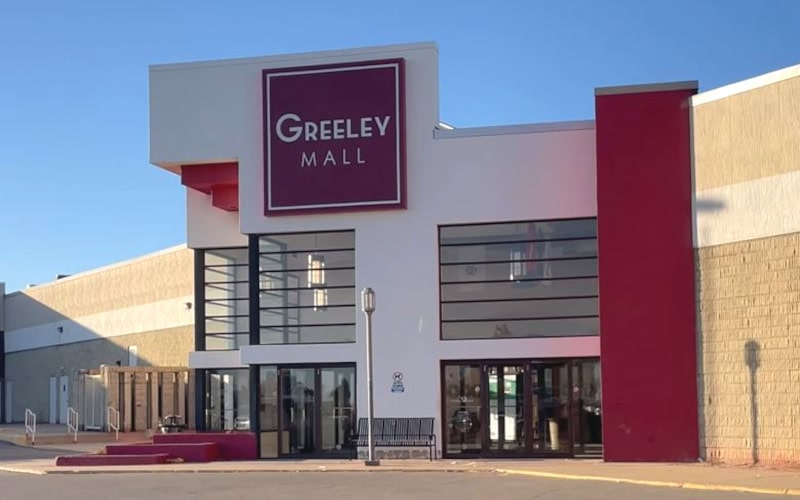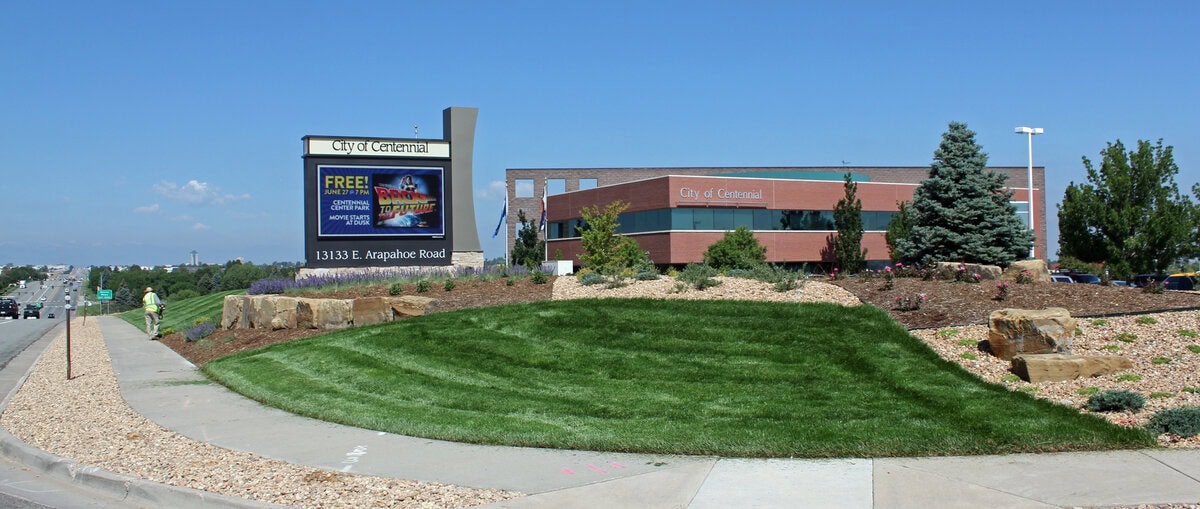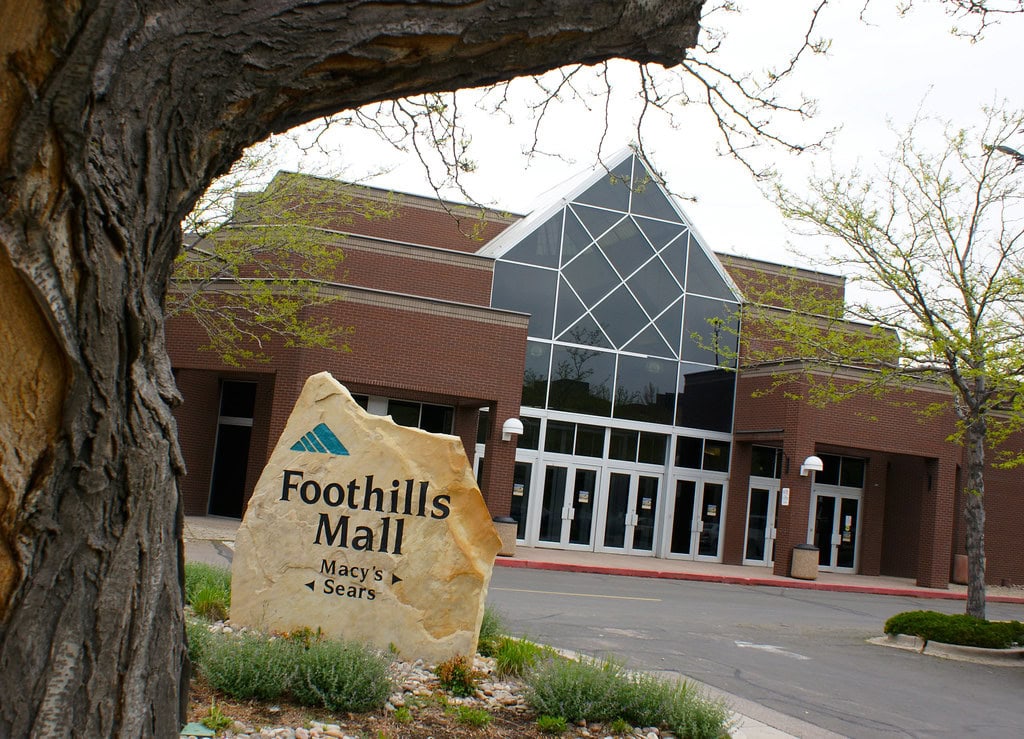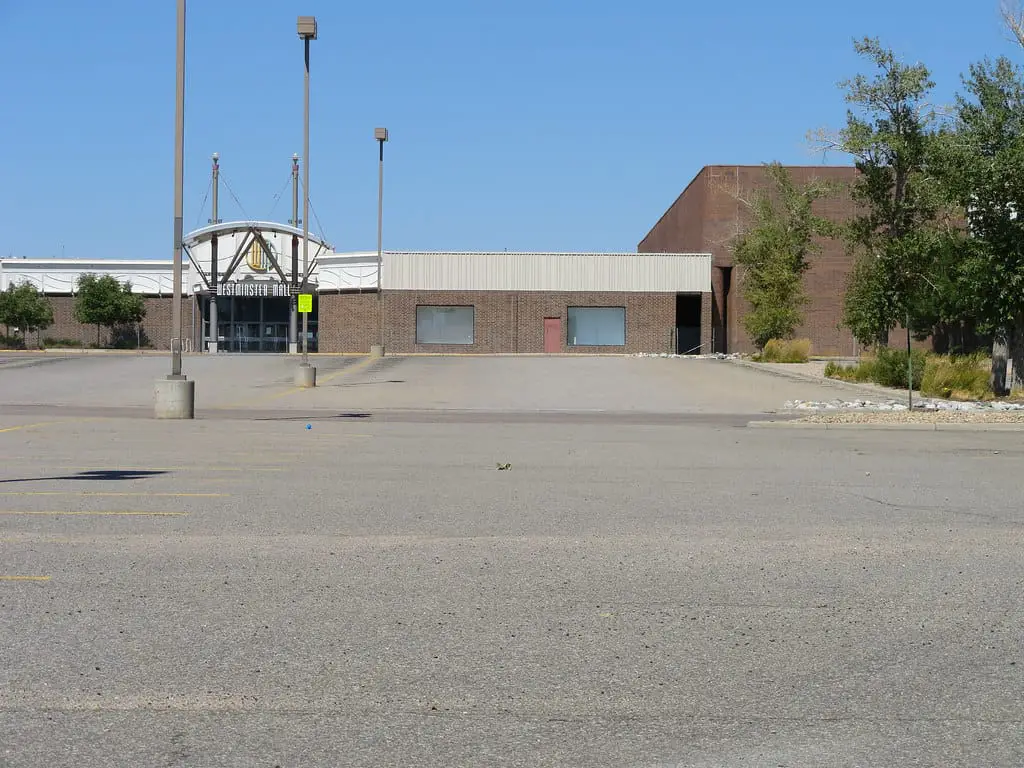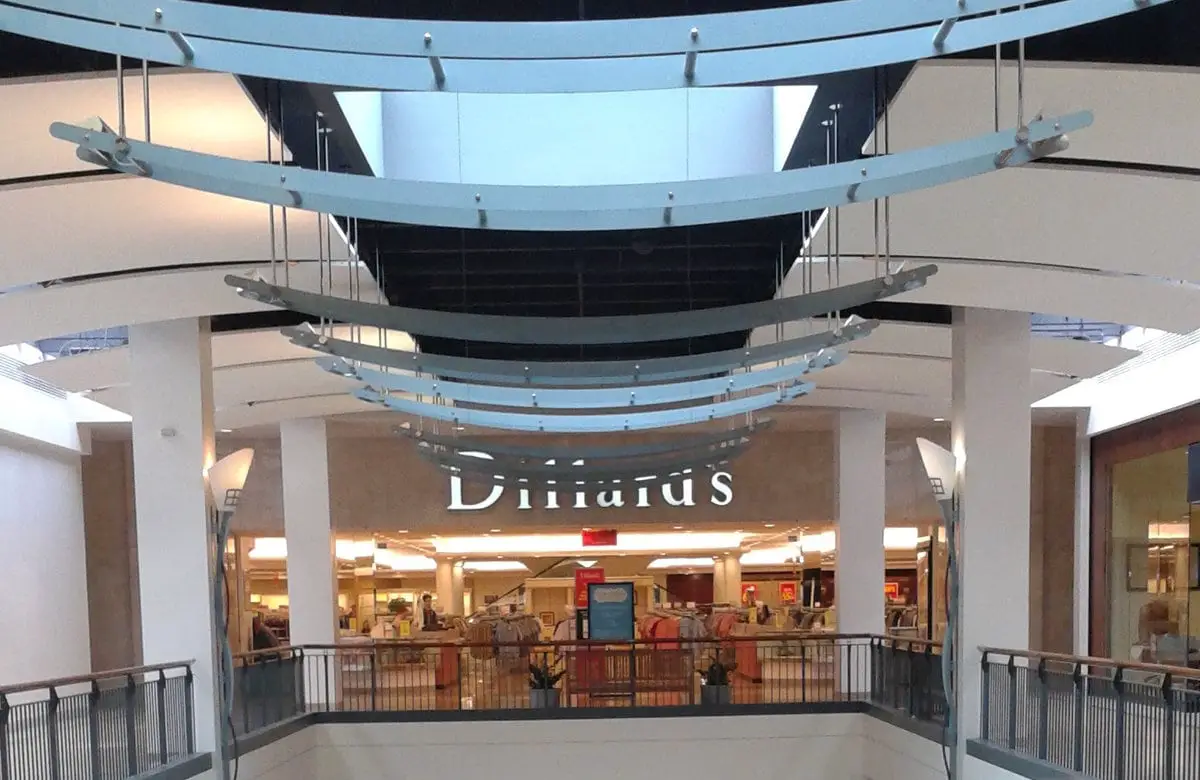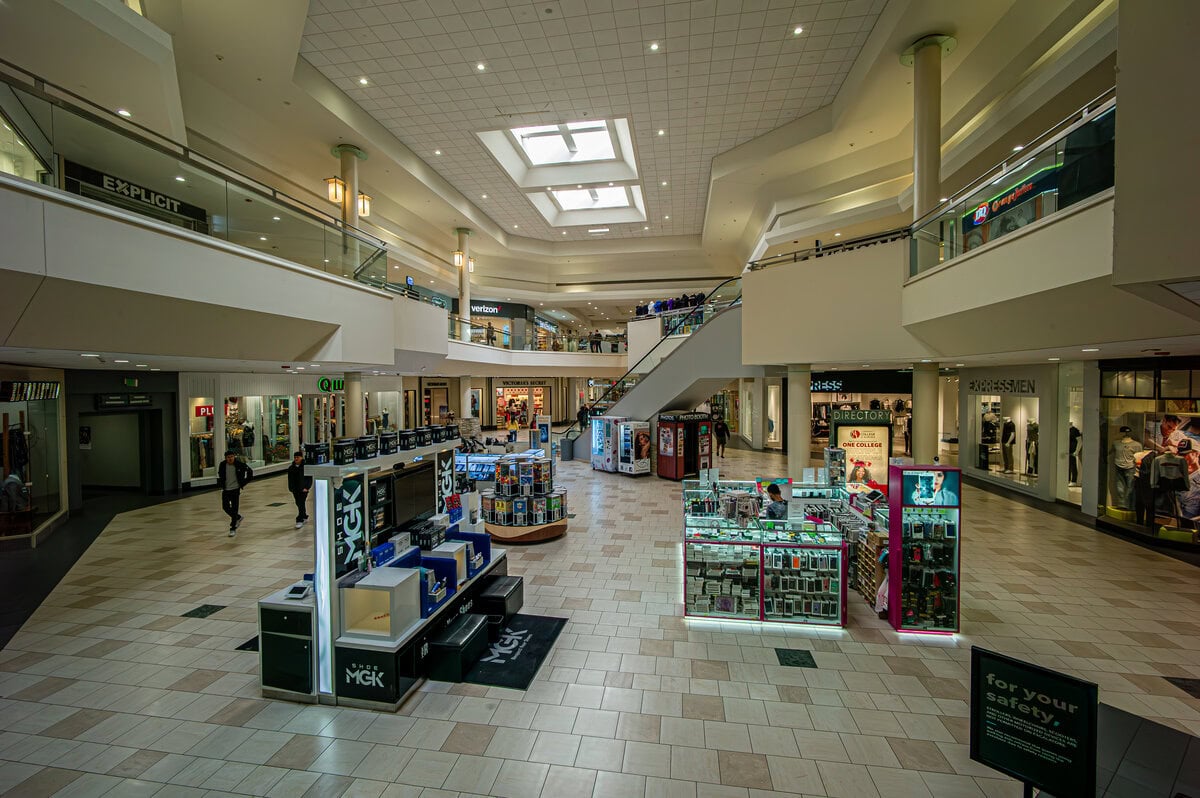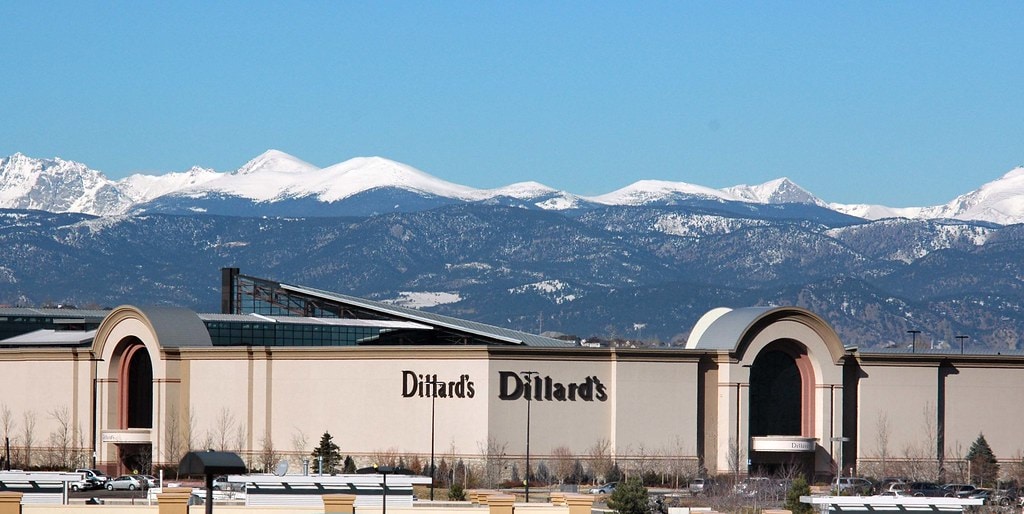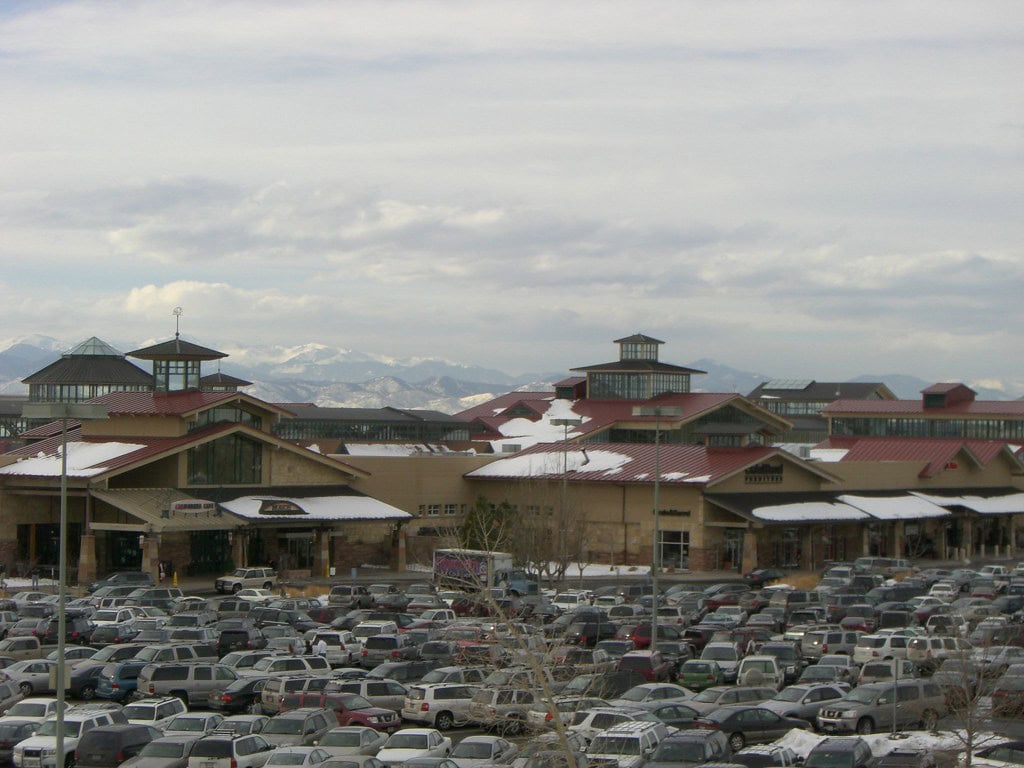Cherry Creek Shopping Center: Origins and Early Development
In the 1920s, Denver's retail landscape looked nothing like it does today.
At the corner of First Avenue and University Boulevard, there was no sign of a bustling shopping district, just a stretch of land covered in weeds.
Temple Hoyne Buell, an architect and developer, saw something different.
He acquired the property with a vision for commercial development, but the land's history would take an unexpected detour before becoming what is now Cherry Creek Shopping Center.
Before any retail stores were built, the site served a more industrial purpose.
A large sand pit occupied the area, providing raw materials for local construction projects.
When the sand ran out, the land became a dumping ground. Throughout the 1940s, Denver used the pit as a sanitary landfill, filling it with city waste.
That landfill would soon be covered, and in 1949, Buell began designing what would become the first iteration of Cherry Creek Shopping Center.
The original shopping complex was completed in 1953. This early version of the center was just west of where the expanded mall stands today.
The Denver Dry Goods Company, later known as May-Daniels & Fisher, was among the first major department stores in the area.
The retail mix included a variety of stores that catered to the growing population, helping Cherry Creek emerge as a retail hub.
Over the following decades, demand for more high-end shopping options grew, setting the stage for future expansions.
The transformation from a sand mine to a landfill to a retail center was a bold move, but it laid the groundwork for what would become one of the most well-known shopping destinations in Colorado.
For visitors exploring things to do in Denver, CO, the Cherry Creek area quickly became a must-visit retail destination.
Expansion and Renovation in the Late 20th Century
By the late 1980s, Cherry Creek Shopping Center was due for a major upgrade.
The original open-air shopping complex had served Denver well for decades, but consumer preferences were shifting.
Indoor malls were drawing crowds across the country, and competition from newer shopping centers threatened Cherry Creek's status as a top retail destination.
Taubman Centers, a major shopping mall developer, partnered with Buell Development to transform Cherry Creek into a modern, enclosed shopping mall.
The plan called for demolishing much of the original retail space and constructing a much larger facility.
The project sparked debate in Denver, with many viewing the redevelopment as a necessary step forward, while others worried about increased traffic and changes to the surrounding Cherry Creek neighborhood.
Construction on the new shopping center began in the late 1980s, with the aim of attracting high-end retailers and national department store chains.
On August 17, 1990, the new Cherry Creek Shopping Center officially opened its doors.
It was now an enclosed mall with upscale finishes and a retail mix that set it apart from other shopping centers in the region.
New anchor stores included May-Daniels & Fisher (later May D&F), Saks Fifth Avenue, and Lord & Taylor.
In 1991, Neiman Marcus joined the lineup, reinforcing the mall's luxury identity.
As part of the redevelopment, the original shopping center was not entirely demolished.
A portion of the old retail space remained and continued to operate just west of the new enclosed mall.
This decision preserved a piece of Cherry Creek's past while allowing for a modern retail experience.
With the expansion complete, Cherry Creek Shopping Center had cemented itself as Denver's premier shopping destination.
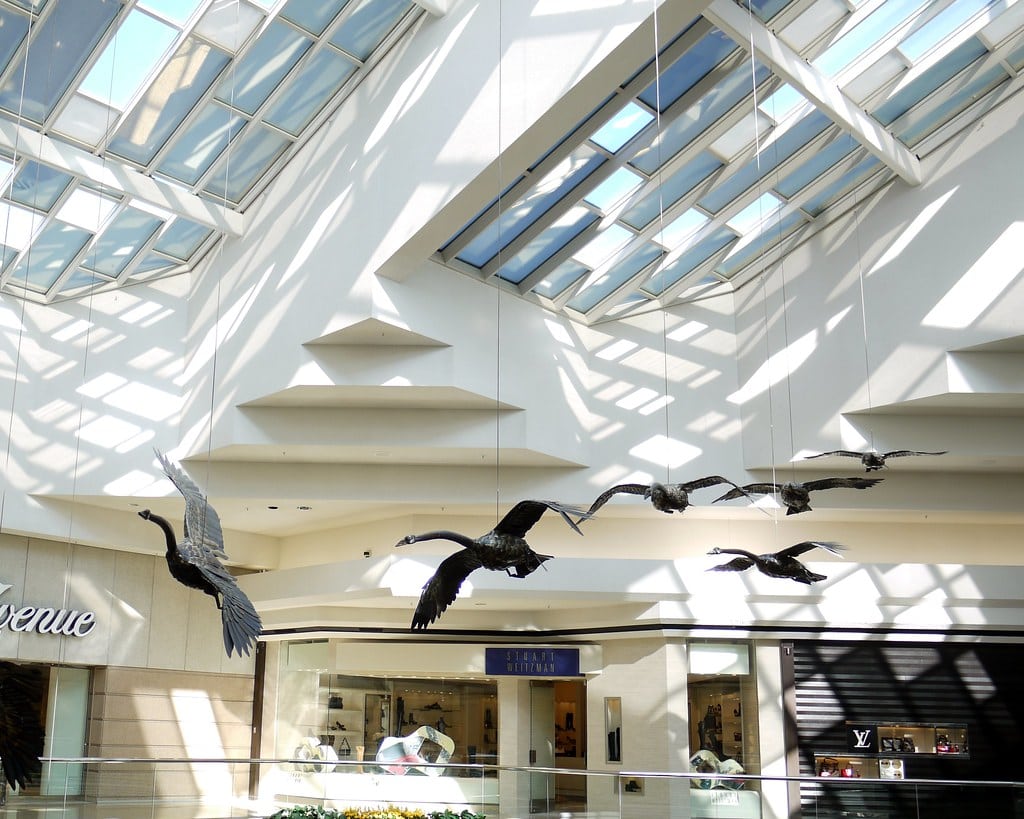
Notable Changes in Anchor Stores
Lord & Taylor was one of the first major department stores to exit.
After opening in 1990, the retailer operated for 15 years before closing in 2005.
The space didn't sit empty for long; Nordstrom took over the location in 2007, bringing its well-known mix of fashion and customer service to Denver.
Saks Fifth Avenue was another major player in Cherry Creek's early days.
The luxury retailer opened in 1990 but closed in March 2011 as part of a broader strategy to reduce store locations across the country.
The space didn't go unused for long.
In 2015, Restoration Hardware moved in, transforming the area into a multi-level showroom for high-end home furnishings.
Macy's also has a complex history at Cherry Creek. Originally, the site was planned as a new location for The Denver Dry Goods Company.
However, after a series of retail mergers, the store eventually became a Foley's.
When Macy's acquired Foley's parent company in 2005, the Cherry Creek location was rebranded under Macy's name in 2006.
Despite these shifts, Cherry Creek Shopping Center has continued to attract major retailers.
Changes in anchor stores reflect broader trends in the retail industry, with some brands closing locations while others expanding.
Architectural and Cultural Impact
The 1990 redevelopment introduced a sleek, modern aesthetic that set the mall apart from other shopping destinations in Colorado.
Glass skylights flooded the interior with natural light, while high-end finishes and spacious walkways created an upscale atmosphere.
Taubman Centers, known for developing premium shopping malls nationwide, designed Cherry Creek to cater to a wealthier clientele.
Over the years, the mall has undergone minor renovations to maintain its polished appearance, but the core layout has remained largely unchanged.
Beyond architecture, Cherry Creek Shopping Center has served as a hub for art and culture.
The mall has hosted seasonal events, pop-up art installations, and live performances, blending retail with entertainment.
Public spaces throughout the shopping center have featured rotating sculptures and interactive displays, keeping the experience fresh for visitors.
Cherry Creek is also one of Denver's most vibrant neighborhoods, surrounded by boutique hotels, high-end restaurants, and the annual Cherry Creek Arts Festival.
This major event draws thousands of visitors every summer.
The Shopping Center Today
As of January 2025, Cherry Creek Shopping Center remains one of Denver's premier shopping destinations.
With approximately 150 stores, including 40 exclusive retailers, the mall continues to attract shoppers seeking high-end brands and luxury experiences.
Anchored by Macy's, Nordstrom, Neiman Marcus, and Restoration Hardware, the mall maintains a retail mix of established department stores and designer boutiques.
Brands like Louis Vuitton, Burberry, and Tiffany & Co. cater to luxury shoppers, while Apple attracts a tech-savvy audience.
Beyond shopping, the mall offers a range of entertainment and dining options.
The eight-screen AMC theater remains a popular attraction, providing visitors with more than just retail.
Dining choices include both casual and fine dining options, featuring well-known national chains and locally owned restaurants.
In late 2024, Denver city officials approved the Cherry Creek West project, a significant development adjacent to the shopping center.
This project aims to create four blocks of walkable space along University Boulevard, featuring apartments, offices, retail stores, and parking facilities.
The initiative is expected to enhance the area's urban appeal and provide additional amenities for both residents and visitors.

